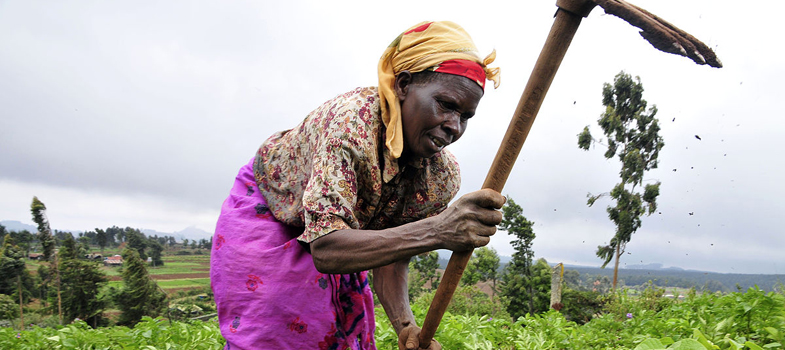5.1 Reflecting on your experience
Activity 7 Ways of using the framework
Think of a co-operative experience well known to you – whether your own co-operative/co-operative union or another one. (It can be the same one you considered when you carried out Activity 4 [Tip: hold Ctrl and click a link to open it in a new tab. (Hide tip)] , if you wish, which can be found in section 2.4).
You can try an exercise similar to the ones you have been doing on Case Studies 1-4. However this time I suggest you use a SWOC analysis: Strengths, Weaknesses, Opportunities and Constraints. So your table might look something like this:
| Co-operative or Co-operative Union X | Strengths | Weaknesses | Opportunities | Constraints |
| Membership | ||||
| Collective skills | ||||
| Networks | ||||
| Innovation (aim to identify process, product, function and/or chain; you can also think about ‘social’ innovation) | ||||
| Role of government |
You might want to try this activity on your own. Alternatively try it with colleagues/co-workers. If you do the latter, it is likely to generate useful discussion. (You and your colleagues/co-workers may see some things differently!)
If this activity is a useful one for your co-operative/union or one that you are supporting, you might even want to add rows, for example: Actions to be taken, Responsibility for actions, How will they be monitored? There are many other questions that could be asked, such as what resources are to be obtained and how, and so on. The point is this framework can have a useful application and be extended, depending on the needs of the situation.
Your feedback would be welcome! Email Hazel Johnson (Open University, UK) and/or Linda Shaw (Co-operative College, UK): Hazel Johnson and/or Linda Shaw
Introduction
